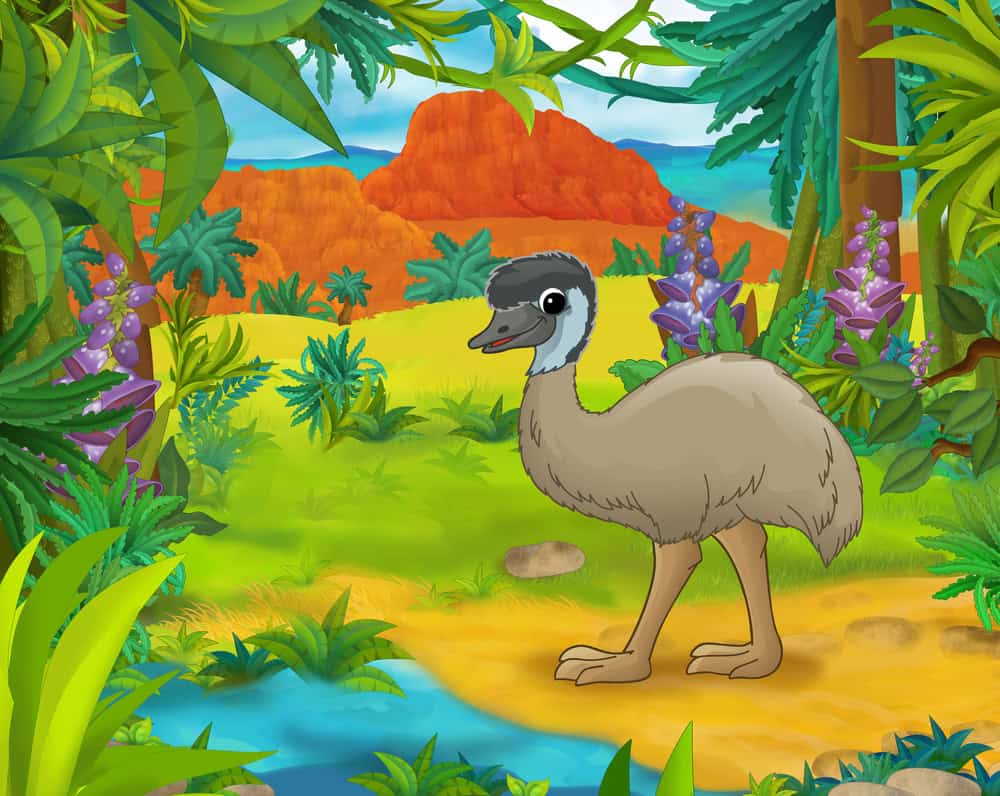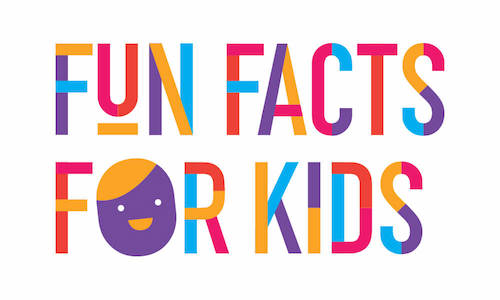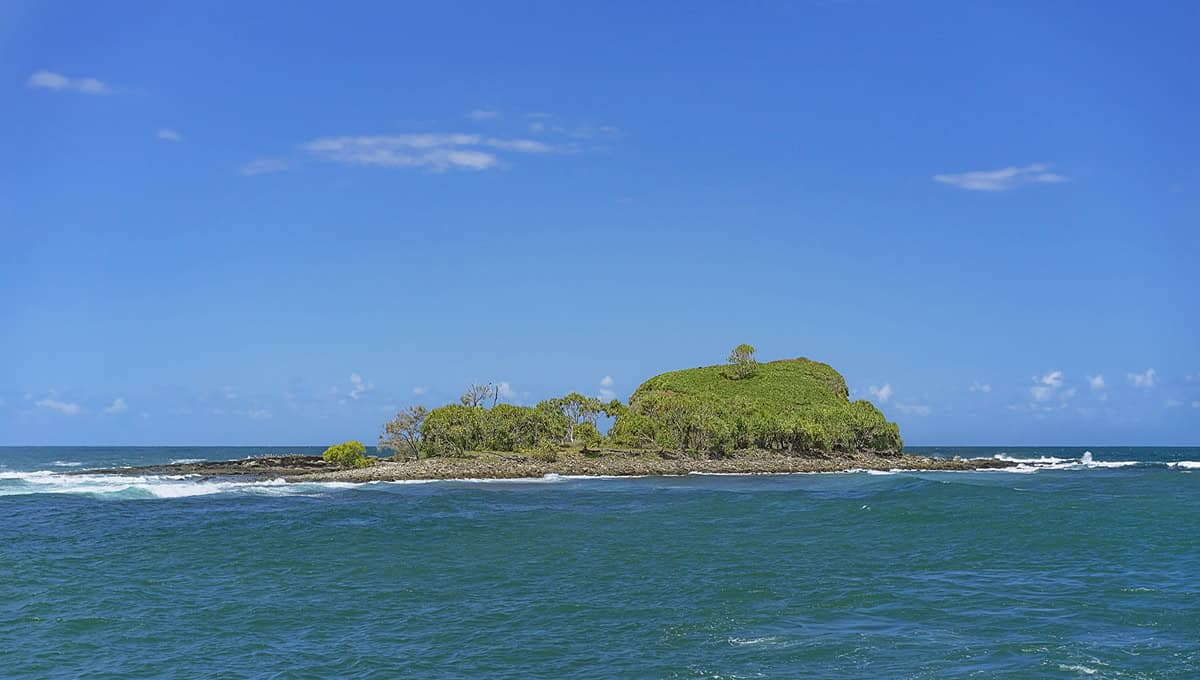Welcome to the fascinating world of Dreaming stories, where ancient legends and colourful characters come to life – and we have all the fun facts for kids! For thousands of years, Indigenous Australians have passed down these special stories from generation to generation and we want to share some of them with you.
Check out all the other fun facts for kids stories we have for you!
Imagine a time long ago, when the land, the animals, and even the stars were shaped by powerful ancestral beings during the Dreamtime, a sacred era of creation. These Dreaming stories unlock the secrets of the past and connect us to the rich cultural heritage of Australia’s First Nations peoples.
Stories such as The Rainbow Serpent and Tiddalick the Frog are well known and still hold relevance today. Let’s explore these stories and some of the other fascinating ones from this time.
Please note that these stories may vary depending on the tribe telling the story. Throughout Australia, various Aboriginal groups have their own interpretations and variations of these stories, reflecting the diverse cultural traditions and spiritual beliefs of Indigenous peoples across the country.
The Rainbow Serpent
The story of the Rainbow Serpent is one of the most famous and widespread Dreaming stories with the themes of creation, connection to the land, and respect for ancestral wisdom.
According to this ancient legend, in the beginning the world was a flat, featureless landscape covered in darkness. Then, the Rainbow Serpent emerged from beneath the earth, bringing light and life to the world. As it moved, the Rainbow Serpent created rivers, valleys, and mountains, giving the land colour and beauty. The Rainbow Serpent is an enduring figure and is deeply revered by Indigenous Australians.
Tiddalick the Frog

According to the story, Tiddalick was a giant frog who lived in a waterhole in the Australian bush. One day, Tiddalick woke up feeling incredibly thirsty so he started drinking from the waterhole, getting bigger and bigger with every mouthful. He drank all the water in the land, leaving the other animals and plants thirsty and desperate.
With no water the other animals struggled to survive. They gathered together and devised a plan to make Tiddalick laugh, hoping that it would cause him to let go of the water in his huge belly. The animals took turns performing silly dances, making funny faces, and telling jokes until finally, Tiddalick couldn’t contain his laughter any longer. As he laughed, water poured from his mouth, replenishing the waterholes, rivers, and streams across the land.
Want to learn some new jokes to make someone laugh? Here are some joke books to get you started.
How the Birds Got their Colours
The story of how the birds got their colours has the theme of helping others in need. Once upon a time all the birds were black. One day a bird became injured while feeding and their foot swelled. All the other birds came down to help them, except for the crow. One bird poked the sore foot with its beak and it popped the swollen foot. Colour rushed out and covered the birds, giving them all their colours, except for the crow who had not helped the injured bird.
A bird feeder is a great way to attract birds in the area. Take a look at these.

The Emu and the Jabiru
This dreaming story tells of two families who argue over stingray meat. Gandji and his family went fishing and were able to catch many stingrays in the clear saltwater. They took the meat home and offered some to Wurrpan and his family. When Wurrpan opened the meat wrapped in bark, he saw that Gandji had kept the fresh meat for himself and given Wurrpan the remainder of the leftover meat.
Wurrpan was angry and confronted Gandji, who retaliated and threw hot coals at him. Wurrpan then threw a rock at Gandji, hitting him on the chest. Gandji began jumping around and eventually turned into a jabiru without a beak and took off into the sky. Gandji grabbed a spear and threw it at Grandji, spearing him and giving the jabiru a beak. Wurrpan then turned and ran away with his family, turning into grey emus from the coal ash as they ran.
Need stingray stickers for a school project? Check out these.
The Dreaming of the Three Sisters

From the Gundungurra people of the Blue Mountains in New South Wales. This story tells of three sisters, Meehni, Wimlah and Gunnedoo who fell in love with brothers from a neighbouring tribe, however tribal law forbid the girls from marrying outside their tribe.
Legend has it that the brothers tried to capture the girls and a fight broke out. A tribal elder tried to protect the girls by temporarily turning them to stone, however he was killed during the fighting before he could turn them back. This has created the famous rock formation known as The Three Sisters in the Blue Mountains.
Looking to visit the Three Sisters in The Blue Mountains? Grab a map here.
The Story of Mudjimba Island
This tale tells the story of how Mudjimba Island, off the Sunshine Coast came to be. During the dreamtime, a beautiful woman called Maroochy was loved by a man from her tribe called Coolum. One day a man called Ninderry, a warrior from another tribe, stole Maroochy away while Coolum was out hunting.
When Coolum returned to find Maroochy missing, he went in search of her and eventually rescued her from the camp where she was being held. When Ninderrry returned and saw she was gone, he flew into a rage and went to find them. Once he found them he threw a club at Coolum, knocking off his head which fell into the ocean and became Mudjimba Island. His body turned to stone and became part of the Sunshine Coast as we know it today.
These stories are just a small glimpse into the rich tapestry of Aboriginal Dreaming stories that have been passed down through generations, each holding significant cultural and spiritual meaning for Indigenous Australians.
If you would like to read more of these stories, you can find a great range of books here.

